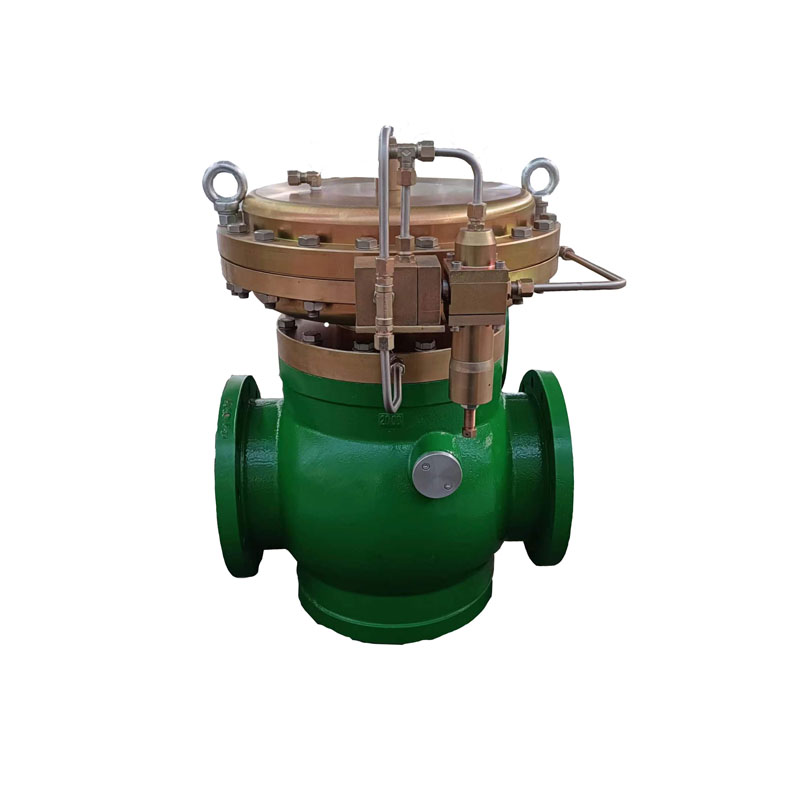
Nov . 27, 2024 02:38
Back to list
Enhancing Gas Efficiency for Sustainable Energy Solutions
Enhancing Gas Utilization A Pathway to Sustainable Energy
In recent years, the global energy landscape has witnessed a significant shift, driven by the need for cleaner, more efficient energy sources. Among various alternatives, natural gas has emerged as a critical player. With its potential to act as a bridge in the transition from traditional fossil fuels to renewable energy sources, natural gas takes center stage in the conversation about sustainable energy solutions. The idea of enhancing gas utilization encompasses innovations and strategies that can maximize its efficiency, reduce environmental impact, and contribute to a more sustainable energy future.
Understanding Natural Gas
Natural gas is primarily composed of methane (CH4) and is often seen as a cleaner alternative to other fossil fuels, such as coal and oil. When burned, natural gas emits significantly lower levels of carbon dioxide, nitrogen oxides, and sulfur dioxide, making it an attractive option for power generation and heating. Nevertheless, the extraction and transportation of natural gas are not without challenges, including greenhouse gas emissions associated with methane leaks during production and distribution.
Enhancing Efficiency through Technology
One of the primary ways to enhance gas utilization is by investing in advanced technologies. Combined Cycle Gas Turbines (CCGT) and Gas Turbine Combined Heat and Power (CHP) systems represent significant advancements in the way natural gas is utilized for energy conversion. These technologies can achieve efficiencies of over 60%, far exceeding conventional power plants. Furthermore, innovations in carbon capture and storage (CCS) are being developed to minimize emissions from natural gas combustion. By capturing carbon dioxide at the point of emission and storing it underground, we can mitigate the environmental impact of natural gas usage.
.
While natural gas is already a cleaner option, the integration of renewable energy sources can further enhance its utility. Hybrid systems that incorporate solar or wind energy with natural gas-powered plants can balance the intermittency of renewable resources. Utilizing natural gas as a backup power source ensures reliability and stability in energy supply, especially during peak demand periods. This hybrid approach allows regions to transition toward a more sustainable energy mix while leveraging the existing natural gas infrastructure.
معزز الغاز

Addressing Methane Emissions
To truly enhance the utilization of natural gas, it is essential to address methane emissions. Methane is a potent greenhouse gas with a much higher heat-trapping ability than carbon dioxide over a short time frame. Implementing rigorous monitoring practices, developing better leak detection technologies, and enforcing stricter regulations can greatly minimize methane emissions from natural gas production and distribution. Companies are increasingly investing in technologies like aerial surveillance and satellite monitoring to detect and repair leaks quickly.
Policy and Investment
Government policies play a crucial role in promoting enhanced gas utilization. Creating incentives for clean technology adoption, supporting research and development, and enforcing stricter environmental regulations can encourage the industry to adopt cleaner practices. Investments in infrastructure are also necessary to facilitate the transition to a more integrated energy system. As nations aim for net-zero emissions targets, the role of both natural gas and renewables will be pivotal.
Public Awareness and Engagement
Public perceptions of natural gas and its role in energy production are evolving. Public awareness campaigns that educate communities about the benefits and potential of natural gas, especially in comparison to higher emission alternatives, can lead to broader acceptance. Engaging communities in discussions about energy transitions fosters a collaborative atmosphere where shared goals, such as environmental sustainability and reliability, can be pursued jointly.
Conclusion
Enhancing gas utilization represents a multifaceted approach to achieving a cleaner energy landscape. By integrating advanced technologies, incorporating renewables, and addressing environmental concerns, we can maximize the benefits of natural gas while minimizing its drawbacks. This transition is not merely about replacing one energy source with another; it’s about creating a cohesive energy strategy that recognizes the importance of sustainability and efficiency. As the world moves toward a lower-carbon future, optimizing natural gas usage will be vital in bridging the gap and ensuring a stable, sustainable energy supply for generations to come.
Latest news
-
Safety Valve Spring-Loaded Design Overpressure ProtectionNewsJul.25,2025
-
Precision Voltage Regulator AC5 Accuracy Grade PerformanceNewsJul.25,2025
-
Natural Gas Pressure Regulating Skid Industrial Pipeline ApplicationsNewsJul.25,2025
-
Natural Gas Filter Stainless Steel Mesh Element DesignNewsJul.25,2025
-
Gas Pressure Regulator Valve Direct-Acting Spring-Loaded DesignNewsJul.25,2025
-
Decompression Equipment Multi-Stage Heat Exchange System DesignNewsJul.25,2025

